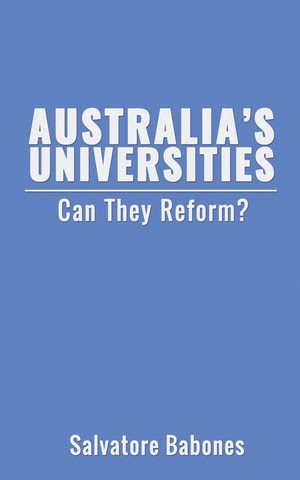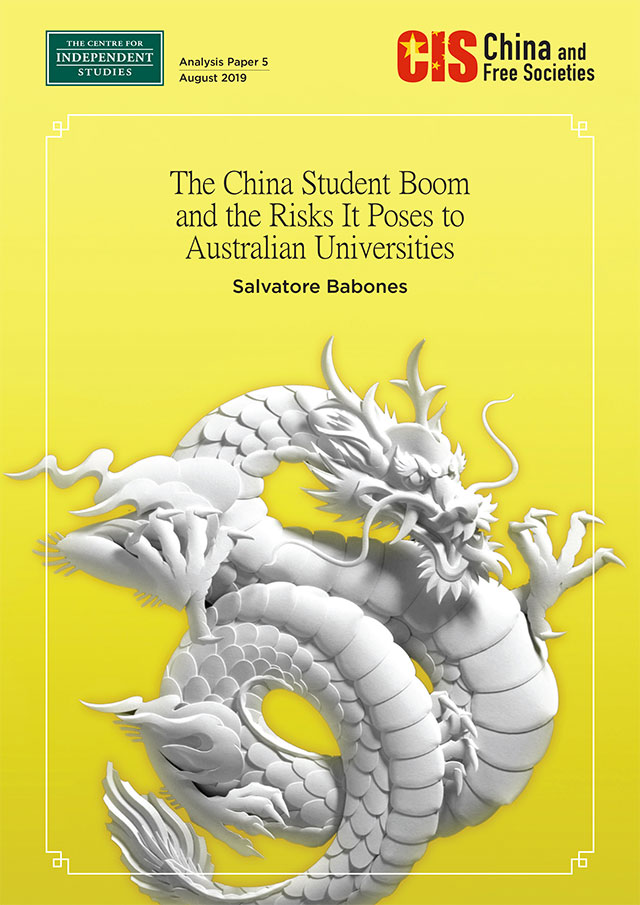A new book entitled Australia’s Universities: Can They Reform? claims that Australia’s universities would do well if they capped overseas student enrolments at 2010 levels.
This would make them “small, healthier and more stable institutions.”

The books author, Dr Salvatore Babones is an American political sociologist and and higher education commentator.
He is presently working as an Associate Professor at the University of Sydney in Australia.

Dr Babones’ research is related to macro-level structure of the world economy, with a particular focus on China’s global economic integration.
This new book is a follow-up to his 2019 CIS paper titled “The China Student Boom and the Risks It Poses to Australian Universities”.

Here, he argued that Australia’s universities were taking a multi-million dollar gamble with taxpayer money to increase revenue and pursue an international growth strategy.
“As long as their bets on the international student market pay off, the universities’ gamble will look like a success. If their bets go sour, Australian taxpayers may be called on to pick up the tab.”
In his new book, Dr Babones highlights how Australia’s top universities are busy recycling international student fees into international rankings success.
According to Dr Babones, all this is done without relaising the hardships it imposes on domestic students who are pushed into larger classes often taught by less-qualified instructors. He told AFR:
“I had bought into the narrative that international students were highly remunerative for Australian universities. But when I started adding up the amount of revenue that Australian universities generate on the basis of their domestic student enrolments, a different picture emerges.”
He compared per-student revenue for domestic and international students, only to find that overseas students contributed just $500 more.
For example, per-domestic student funding at Australian National University (ANU) is calculated at $69,563, $45,080 at the University of NSW (UNSW) and $42,727 at The University of Melbourne. The average, according to Dr Babones, is $29,000.
While, international students at those universities pay, on average, $39,750 at ANU, $40,740 at UNSW and $38,171 at Melbourne, he estimates. The average revenue per international student is $29,500.
As per the above calculation, Australian universities are losing money on international students by earning less revenue per student for educating international students than they receive for educating domestic students.

Dr Babones has included government research funding in his calculation of the revenue from domestic students, many experts active in the higher education sector feel that this should be considered separately.
He argues that research funding should be included in this calculation as students are being taught by people who are also research active at universities.
Dr Babones proposes that universities which are under-charging international students, should increase their fees to match the money spent by Australian governments on educating domestic students. He told SMH:
“I think at a minimum there should be a floor placed on international student fees, they should have a minimum tuition equal to the average amount paid on behalf of domestic students. They should be paying at least the same. They are at some universities. But at many universities they are paying much less. International students are not carrying the full cost of their education.”
Phil Honeywood, the chief executive of the International Education Association of Australia (IEAA), told SMH that international students’ tuition fees were an average of about three times those of a domestic student.
WATCH VIDEO: Australia’s Universities: Can They Reform? – With Salvatore Babones




